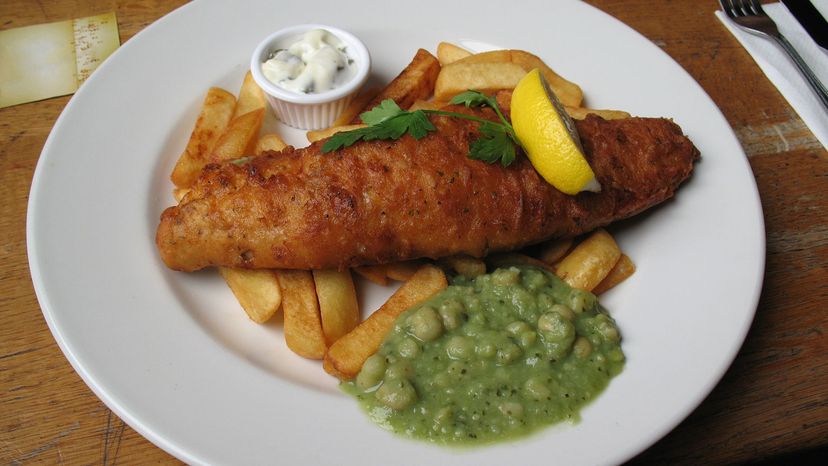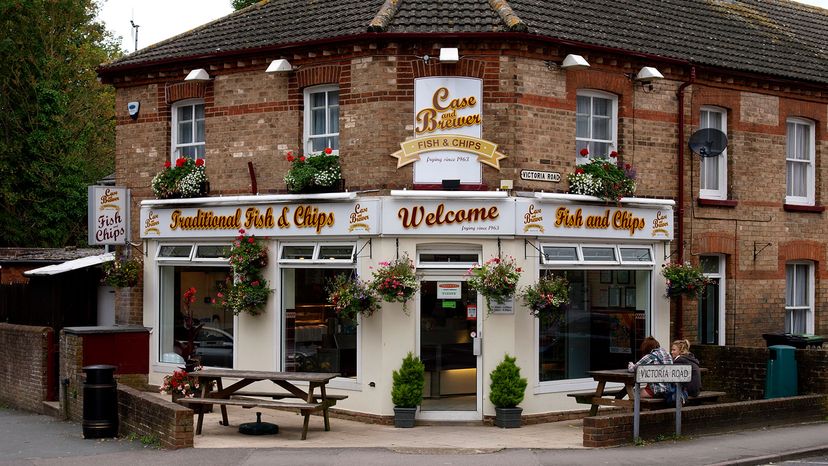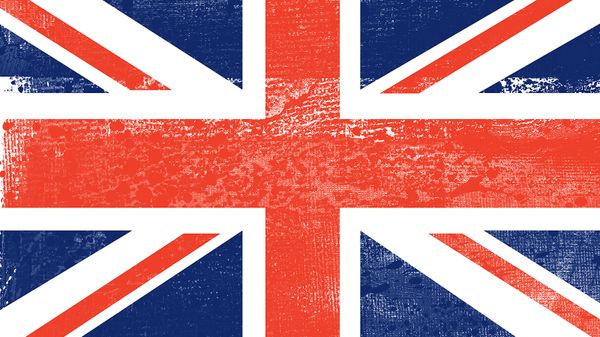
The irresistible combination of a thick hunk of battered cod resting atop a mound of steaming hot chips (known as french fries in America) is the quintessential British comfort food. Whether eaten on a plastic lap tray in front of the "telly," or gobbled down from a makeshift paper cone on the way home from the pub, a meal of fish and chips is like a serving of deep-fried nostalgia with a sprinkling of salt and vinegar.
At the dish's peak popularity in the late 1920s, there were 35,000 fish and chip shops in the United Kingdom (England, Scotland, Wales and Northern Ireland). Today, there are still 10,500 "chippies" in the U.K. serving 360 million meals of fish and chips every year, the equivalent of six servings of fish and chips for every British man, woman and child.
Advertisement
The golden-fried combo is so deeply entrenched in British culture that it's hard to imagine a time when there wasn't a fish and chip shop in every neighborhood. But travel back a mere 200 years and you'd be hard-pressed to find fried fish or chipped potatoes anywhere in the British Isles. The delicious duo came together in the mid-19th century thanks in large part to the culinary contributions of immigrants.


